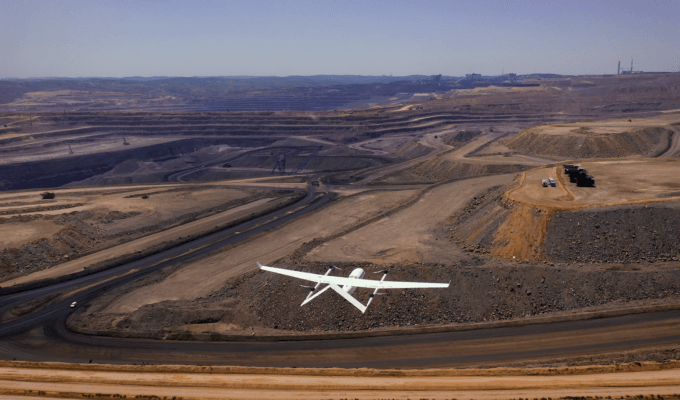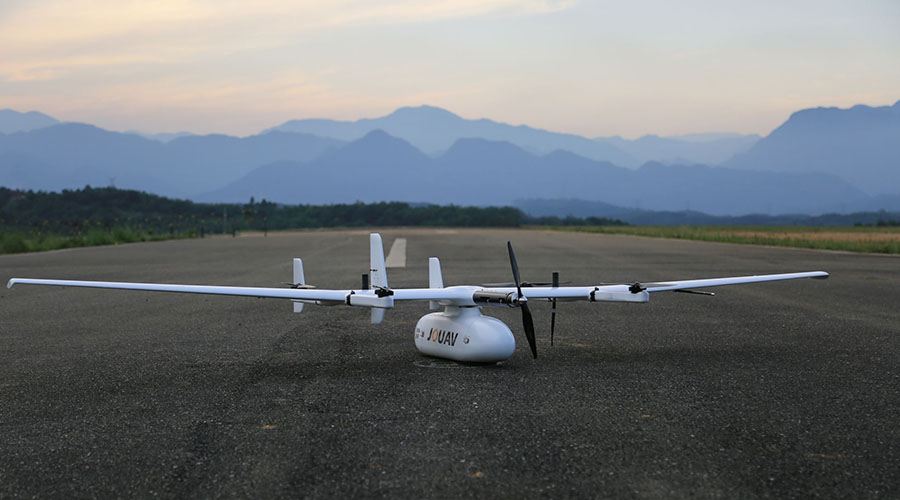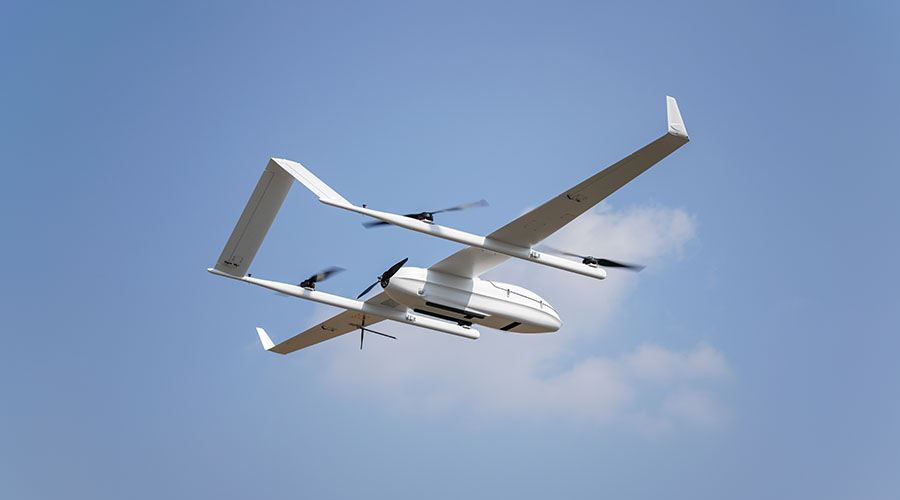An increasing number of people are using commercial drones for 3D mapping. These drones capture data from the air and offer capabilities that traditional surveying can’t match – like recording all objects quickly and with precision. With photogrammetry software, you can stitch the collected data into a detailed 3D model. Such models provide an easy way to view and retrieve any captured information. Drone-generated 3D models are widely used in urban planning, traffic management, telecommunications design, and more. However, producing high-quality 3D models that look great from every angle isn’t as straightforward as just purchasing a top-tier survey drone. There’s quite a bit more involved. In this article, we’ll walk you through everything you need to know about 3D drone mapping and modeling, including what a drone 3D model is, the best 3D mapping drone, and how to create a 3D model from drone images. Let’s jump right in. Drone 3D mapping involves capturing oblique images using drones via laser scanning and aerial photogrammetry techniques. 3D modeling, on the other hand, processes these aerial images with specialized software to create a 3D model complete with GPS coordinates and precise measurements. A 3D model is created by plotting individual points in 3D space along the X, Y, and Z axes. These points are then connected using geometric shapes such as triangles, lines, and curved surfaces to form the final model. The advantages of aerial photogrammetry with drones are vast, regardless of the application. First, drones can easily capture data in areas that are dangerous or hard to access, such as regions affected by landslides, war zones, difficult terrains, and extreme weather conditions. This significantly reduces the risk of injury to personnel. Second, drones equipped with high-resolution cameras can take sharp and detailed photos. When RTK/PPK is activated, the drone provides highly accurate survey results. Third, drones drastically cut down the time spent on field surveys. Drone photogrammetry is five times faster than traditional ground-based methods and doesn’t require placing numerous ground control points. This speeds up the delivery of your survey results. Finally, drones significantly reduce costs compared to expensive manned equipment like helicopters and cranes. They are easier to operate, cost a fraction of manned aircraft, and eliminate massive fuel and labor expenses. Are you searching for the best drone for 3D mapping? Not all drones are designed for this purpose. Here, we’ll introduce some of the best 3D modeling drones you can purchase. The JOUAV CW-15 is a vertical take-off and landing (VTOL) fixed-wing drone specifically built for 3D mapping. It offers a flight time of up to 180 minutes and a cruising speed of 61 km/h, making it an ideal choice for mapping tasks since it can cover a large area quickly. With a range of up to 50 kilometers, the CW-15 allows you to cover extensive areas without worrying about losing the signal. The CW-15 can carry various payloads up to 3 kg. It can hold a 155MP five-lens oblique camera for 3D surveys, a 50MP medium-format camera for orthophoto capture, and a LiDAR sensor to achieve centimeter-level 3D point clouds. With its compact design, advanced obstacle avoidance features, and intelligent landing system, surveyors can capture more complex scenes while ensuring the CW-15 remains protected from obstacles. The JOUAV CW-25E is a top-of-the-line drone for photogrammetry that offers impressive flight time, range, speed, and camera quality. Thanks to its powerful motor and large battery, the CW-25E provides 240 minutes of flight time and reaches speeds of 72 km/h on a single charge, giving you ample time to cover large areas or capture detailed photos/videos of specific locations. Equipped with its self-developed PPK and RTK GNSS modules, the CW-25E achieves best-in-class vertical accuracy down to 1 cm while reducing ground control points by over 80%. With a range of 50 or 100 kilometers, the CW-25E allows you to explore more of your surroundings and capture stunning images. This camera also records and outputs GPS coordinates and attitude angles at the time of exposure, providing you with the best 3D mapping solution. The CW-30E is a hybrid electric and gas-powered drone for GIS mapping, offering centimeter-level positioning accuracy. It is specifically designed for mapping and its integrated RTK and PPK modules provide industry-leading positioning performance. With a four-stroke EFI engine, the 3D modeling drone has a flight time of 600 minutes and a cruising speed of 90 km/h. The CW-30E also has a range of 200 kilometers, allowing you to explore your surroundings extensively without worrying about running out of battery or losing the signal. Its large cabin space, extensive mechanical and electrical interfaces, and payload capacity of up to 10 kg allow it to carry a variety of mission loads such as aerial cameras, oblique cameras, LiDAR sensors, and dual thermal cameras. Additionally, the CW-30E can take off and land anywhere—whether on a cliff, in the woods, in the mountains, or even on a moving boat or vehicle. Pix4D Mapper is a PC application focused on 2D orthomosaic and 3D model reconstruction. It is equipped with LiDAR point cloud processing, orthomosaic map stitching, 3D modeling, and more features. Its comprehensive reconstructed models are targeted at applications such as topographic mapping, power, emergency services, construction, transportation, and agriculture. Since drone 3D models provide users with richer geographical information and a more user-friendly experience, the technology has been applied in many different industries. One of the most frequently asked questions in the drone community is how much a drone costs. Intermediate drones for mapping cost less than $2,000 but can only perform basic levels of mapping. Serious mapping equipment will cost anywhere from $10,000 to $100,000. Agricultural Machinery External Parts Mold,Harvester Hoods Wheel Covers,Fender For Scraper,Hood Cover Plate Casing Parts Jingchuang Automotive Design Co., Ltd , https://www.compoproducts.com
What is drone 3D mapping and modeling?
What is a 3D model?
Why drones are great for aerial photogrammetry?

Best drone for 3D mapping and modeling
JOUAV CW-15: Best entry-level drone for 3D mapping

JOUAV CW-25E: Best drone for photogrammetry

JOUAV CW-30E: Best drone for GIS mapping

Drone 3D modeling software - Pix4D Mapper
What is drone 3D mapping used for?
How much does a drone 3D mapping cost?